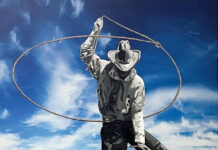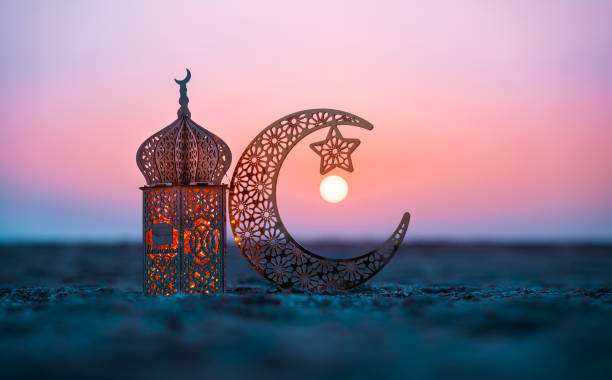
Hi. My name is Shayan, and in February, I participated in Ramadan. I grew up in a Pakistani Muslim household, and throughout my childhood I have been celebrating this holy month of my religion. I want to share with everyone what this month is about and what it means to me. Here I’ll give answers to questions like “How long do Muslims fast”, “What do they do during Ramadan”, and “Why this month?”
What is Ramadan?
Ramadan is the ninth month of the Islamic calendar, with many Muslims worldwide participating in its celebrations and practices. This month is full of prayers and fasting, in which fasting (called sawm in Arabic) is one of the five pillars of Islam. Observing fasting is a must for Muslims, with the exceptions being children, the elderly, and the ill. The month of Ramadan spans from twenty-nine to thirty days. In addition to fasting, many Muslims go to their mosques after breaking their fast and participate in Taraweeh prayer: a voluntary prayer held nightly in Ramadan. During the month of Ramadan, it is very common that the community gets together, and break their fast at restaurants, their local mosque, or at the house of someone who hosts a communal iftar. Fasting hours are long, in which it can range from twelve to seventeen hours, depending on which part of the world one is in. During these fasting hours, one does not consume any kind of food, mints, candy, or gum. One also does not drink anything– even water– during the fasting hours. A practicing Muslim is expected to elevate their faith, self-discipline, and sense of community by following all the practices of this sacred month.
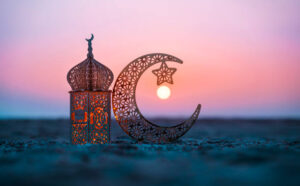
When is Ramadan?
One may ask the question– what day of the year is Eid? Well, to answer that, I need to explain the lunar calendar. The lunar calendar is a system that tracks time based on the cycles of the moon, specifically the phases from new moon to new moon. The Islamic calendar goes by the lunar calendar, and Ramadan is during the ninth month of the lunar calendar. So because of this, each year Ramadan is at an earlier time than the previous year. For instance, the Ramadan which just finished started on February 28th 2025, and the Ramadan preceding this one began on March 10th 2024. Something cool about the past two Ramadans is that they have overlapped with other religious practices, such as Passover and Lent.
The Night of Power
During the last ten nights of Ramadan, any one of them can be “Laylatul Qadr”, also translated as “The Night of Power”. It is believed that any of the last ten nights can be Laylatal Qadr. This night is considered the most holy and important night of Ramadan, so because of this, many Muslims take measures to ensure they are at their highest spiritual level. For instance, mosques allow Muslims to spend the last ten nights of Ramadan in designated spaces of the mosque– eating, sleeping, praying, and worshipping in the same place for ten whole days straight. Though, as I said earlier, only some Muslims do this as it is a very challenging task.
Looking at Ramadan Globally
There are approximately fifty Muslim countries in the world, which means that there are a lot of unique traditions during Ramadan for certain cultures. For instance, in Pakistan there is a strong increase in charity, with many seeking financial aid and the community responding by helping out their brothers and sisters. To add on, in Pakistani culture, when we break our fast, there is some sort of unwritten tradition of eating “samosas” and “pakoras” and the drink “rooh afza”, also known as rose syrup, right after breaking our fasts. Next, in Indonesia, there is something called buka bersama, which translates to “communal breaking of the fast”. In this practice, the community always comes together and breaks their fasts as one. To add on, festive traditions like Nyadran and Balimu are deep-rooted cultural activities which go on in Indonesia during Ramadan.
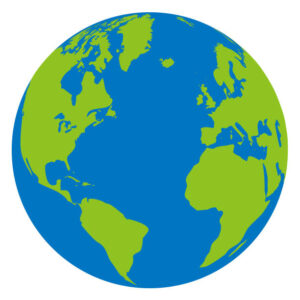
What comes after Ramadan?
After Ramadan comes the holiday called Eid al-Fitr. This translates from arabic to english into: “Festival of Breaking the Fast”. It is observed worldwide by all Muslims. Once it is Eid, you do not have to fast anymore. In Islamic tradition, Eid al-Fitr is celebrated in one day, but in some Muslim cultures, such as the Pakistani Muslim culture, people celebrate it for up to three days in a row. Now, every year there is a dispute between many Muslim countries on what day Eid al-Fitr occurs– for instance, this year some Muslim countries said it was on Sunday of March 30th, while others said it was Monday of March 31st. This confusion arises due to the fact that the day Eid al-Fitr is determined is by the sighting of the crescent moon. So while some countries see it on one day, the others see it on another due to timezone differences. For me personally, some of my Muslim friends celebrated Eid on the 31st, while others celebrated it on the 30th. You are supposed to celebrate Eid on the day that your region sees the crescent moon, but lots of people celebrate it the day their home countries celebrates it (and hence, the dispute about what day Eid is!). Regardless of when you celebrate Eid, it is a great experience! Muslims wake up the morning of Eid al-Fitr, and head to Eid prayer, traditionally dawning nice outfits since it is a very important day in the Islamic calendar. After Eid prayer, people usually go to brunches held by the community, and spend time with their families.

Eid image, credit: iStock
Muslim Athletes During Ramadan
There are around two billion Muslims in the world, which means that among this population, there are a lot of Muslim athletes. During the month of Ramadan, athletes can face a lot of fatigue and exhaustion, so over here I’ll show you how world class Muslim athletes balance their sport needs with their religious needs. For instance, Khabib Nurgamedov, a UFC Legend, reigning from Dagestan in Russia, is a practicing Muslim. Khabib Nurmagomedov was known as the longest reigning UFC Lightweight Champion ever, holding his title for around 3 years in a row.
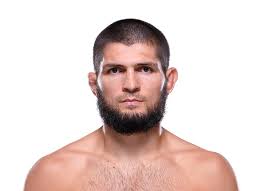
When asked by an interviewer on how he handles fasting whilst training for his fights, he told them that before his sunrise meal (suhoor), he does his lifting for around an hour, and that before his sunset meal (iftar), he trains for one and a half hours.
Another famous Muslim athlete that we all know is Kyrie Irving. He converted to Islam in 2021. He is a big name in the NBA and currently plays for the Dallas Mavericks.
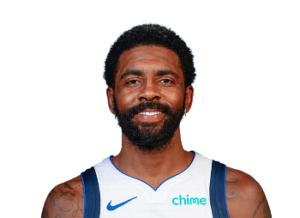
Following his impressive game-winning shot last year after facing the Denver Nuggets while fasting, Kyrie was asked a lot of questions by the press. One of the reporters asked Kyrie about how he trains during Ramadan. In response, he gave a message that even though it may be hard and he gets tired while playing matches during his fast, he works through it. Throughout his games during the month of Ramadan, Kyrie is seen quickly breaking his fast mid-game, with quick foods such as bananas, then heading right back into the court to continue playing.
A world-wide known athlete who fasted during Ramadan was no other than the Boxing Legend Muhammad Ali. During Ramadan he had to shift his training schedule to minimize fatigue. Instead of doing his cardio training in the afternoon or morning, Ali decided to train cardio right after his sunset meal. He did not participate in any fights while fasting but still showed a great work ethic.

My personal experience
As a seventeen-year-old who has been fasting the past few Ramadans, I can say that I have had some great experiences and really productive days during this month. Over here, I will be showing you what an average weekday looks like during Ramadan.
First, I get up at 5 am to eat my pre sunrise meal, called “suhoor” or “sehri”. Usually, I eat a few eggs and toast. Then, after eating my pre-fast meal, I go and do my morning prayer. Around this time, it is 7AM, and since school starts at 8:50, I get ready for school. Throughout the first three periods of the day, I usually don’t feel much hunger or any fatigue, since I am normally pretty full from my morning meal. After the third period of the day, for us Juniors we have a PRT and Lunch block spanning 1 hour– and since I am fasting, that basically means a whole hour of free time. After finishing my last two classes of the day, I head home and do some homework. Then, an hour before I am allowed to break my fast, I do my sports practice (which in my case is Taekwondo). Now, the reason why I do my sports training an hour before I can break my fast is so that when I finish training, I can eat a meal right away and hence limit fatigue. After training, I can break my fast at “Iftar time”, and I break my fast with a medjool date and water, and most of the time for my big meal I eat some naan, chicken, and rice– along with samosas and pakoras.
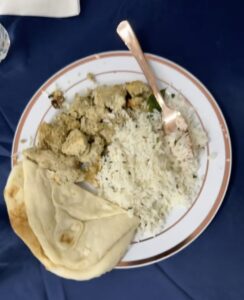
Once I finish eating, I head to my local mosque to do my sunset prayer, which we call “Maghrib”.
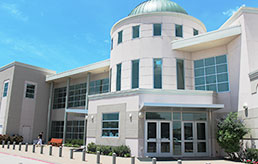
I then wait at the mosque till it’s time for our nightly prayer called “Isha”, and in between the time of my sunset prayer and night prayer I usually do schoolwork on my laptop. Once we finish the Isha prayer, it is time for “Taraweeh”. Taraweeh is a voluntary prayer that many Muslims come to their mosque for every night, it is usually quite long, so on weekdays I only pray 8 repetitions of my Taraweeh prayer instead of the usual 20. I then head home, do some more schoolwork, head to bed, and the process repeats the next morning.
The struggle of practicing Ramadan amidst our modern world
Although Ramadan is a important and fun month for me, there comes some challenges with it. In our modern day and age, a lot of people start their work days or their school days around six am to nine am (depending on before school activities), have to do heavy lifting (due to a laborous job or sports), and have a lot of homework or late-night shifts. For me, I have extracurriculars before school, a lot of workload from my AP Classes, and I have to practice taekwondo– while fasting and practicing Ramadan! Balancing my everyday life with Ramadan was quite a struggle for me. In my opinion, I think fasting and doing lifting/sports was the hardest aspect of balancing my everyday life with fasting, as I became really exhausted after doing so, and it was hard for me to gain much energy after that. At the same time though, balancing my spiritual activities with my homework was also really hard. And although this struggle was long, I believe it reflects one of the most important key takeaways from Ramadan: perseverance and discipline. It required perseverance and discipline to balance all these hard tasks at once, and fortunately I was able to do so.
Final Thoughts
An important key takeaway I took during Ramadan is that God comes first. When I quenched for thirst and hunger, I remembered that I was doing it for God’s sake– this made me a lot more intact with my religion and I believe it made me closer to God. I think of Ramadan as a yearly cleanser, a month which cleans you from bad habits, and improves you. For me, Ramadan fixed my sleep schedule, made me more disciplined, and made me more religious. So in the end, Ramadan is not just about fasting from sunrise to sunset, it is about improving yourself and your relationship with God.




